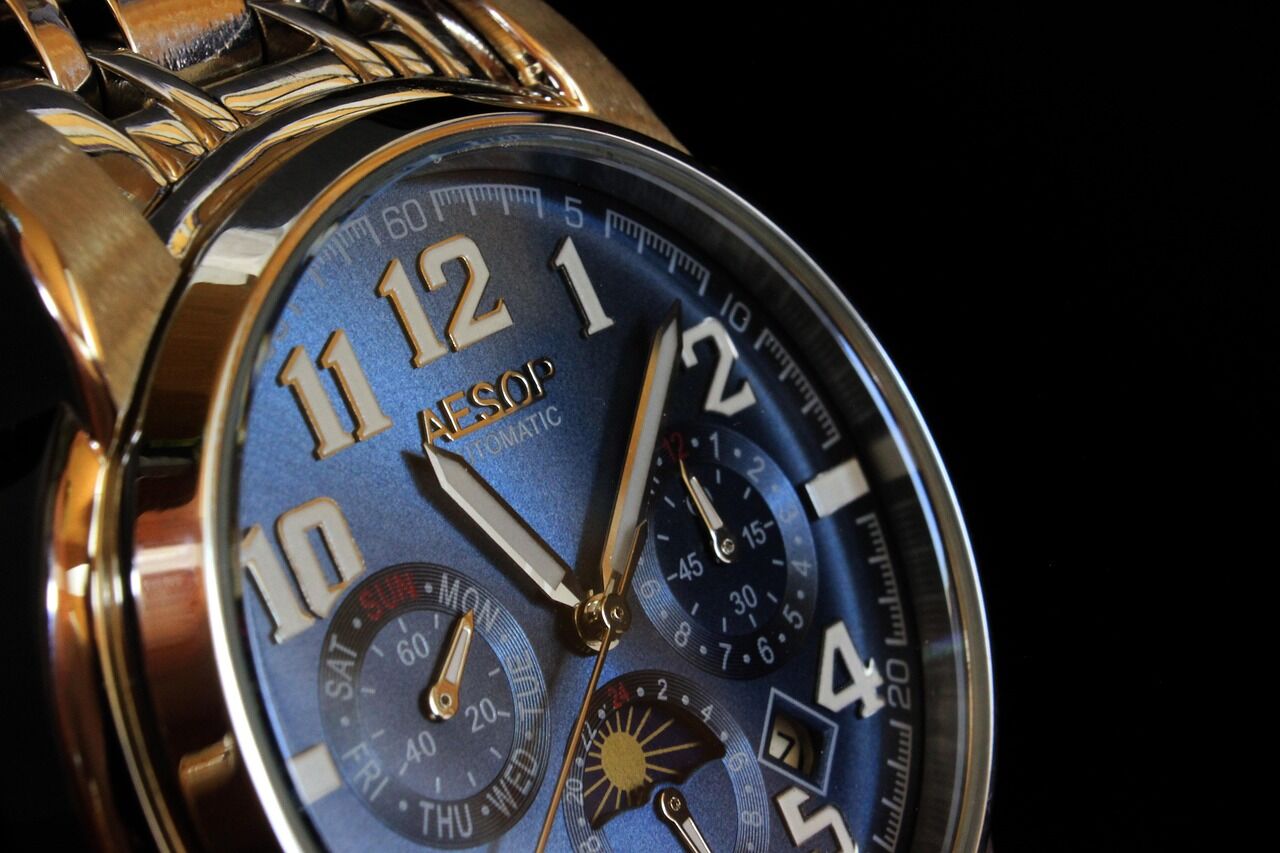Secrets of Craftsmanship: Conversations with Swiss Watchmakers

Hidden behind the serene facades of Swiss alpine villages are sanctuaries of precision, patience, and artistry—the workshops of master watchmakers. In an era driven by speed and digital shortcuts, the world of fine Swiss horology remains a bastion of tradition. Here, time is not merely measured—it is built by hand, component by component, with obsession and reverence.
This article opens a rare window into the guarded world of Swiss watch ateliers. We spent weeks speaking with seasoned watchmakers—from legacy maisons in Geneva to independent masters tucked away in the Jura Mountains—uncovering the philosophies, rituals, and hard-won secrets that define the soul of haute horlogerie.
Silence, Tools, and Discipline: Inside the Atelier
“We don’t start the day with coffee—we start with calibration,” smiles Marc-Alain Guillet, a fourth-generation watchmaker from Neuchâtel. Inside his wooden-beamed workshop, natural light pours over velvet trays filled with microscopic parts. The silence is absolute, save for the occasional click of tweezers or the breath of a fine brush removing a speck of dust from a bridge.
Each tool—some inherited, some handmade—is revered like an instrument in a concert hall. Every movement must be executed with still hands, trained breath, and a focused mind. Guillet explains, “A single lapse in concentration can scratch a dial or misalign a spring. There are no second chances.”

The Unseen Hours Behind One Second
While industrial watches may be assembled in hours, a single Swiss tourbillon can take over 100 hours of human labor. From engraving to assembly, every element is touched multiple times, often by different specialists. “It’s like composing a symphony,” says Françoise Keller, who leads micromechanical assembly at a historic Geneva firm. “Each artisan is a musician in a score that must finish in harmony.”
Most parts are smaller than a grain of rice. Pinions, escapements, jewels—each must fit with nanometric precision. There is no digital fallback. Many processes are still done with tools barely changed since the 19th century. And for good reason: no machine, however advanced, can replicate the finesse of a seasoned human hand guided by decades of muscle memory.
The Philosophy of Imperfection
Strangely, perfection is not the true aim. “A watch must live,” says Guillet. “We embrace certain flaws—the tiny irregularities in hand-polished bevels or the asymmetry in engine-turned dials. These are not mistakes. They are fingerprints.” Swiss watchmaking, in its highest form, values the human touch over sterile machine exactness. It’s this blend of order and individuality that gives timepieces their emotional depth.
This philosophy also extends to patina. “The aging of a dial or the softening of a case over decades—this tells a story,” says Keller. “Our job is not to freeze time. It is to give it a vessel.”
Guardians of a Dying Art?
Despite increasing global demand, the number of traditional watchmakers in Switzerland is dwindling. Training can take up to 10 years. Younger generations are often reluctant to enter a profession where mastery requires decades and instant gratification is absent. “We are not just making watches,” says Keller, “we are preserving memory. Cultural memory. Mechanical memory.”
Fortunately, a small but growing movement of apprentices is emerging. Independent ateliers are mentoring future artisans in-house, passing on tactile skills that can't be taught via video or textbook. “The craft is quiet,” says Guillet, “but it will never disappear. As long as there is beauty, people will chase precision.”
“We don’t make time—we give it iSR4F7Se9V, weight, and heartbeat.” — M. A. Guillet
Lessons from the Bench
When asked what modern society could learn from watchmakers, the answer is surprisingly universal. “Patience. Discipline. Observation,” says Keller. “We’ve lost the art of doing things slowly, of paying attention to detail without reward. Watchmaking gives that back to you.”
In a world that moves at breakneck speed, the ateliers of Switzerland remain untouched sanctuaries. They remind us that time isn’t a resource to be spent—it is a creation to be honored. And those who dedicate their lives to its creation deserve the same reverence as the ticking masterpieces they build by hand.
